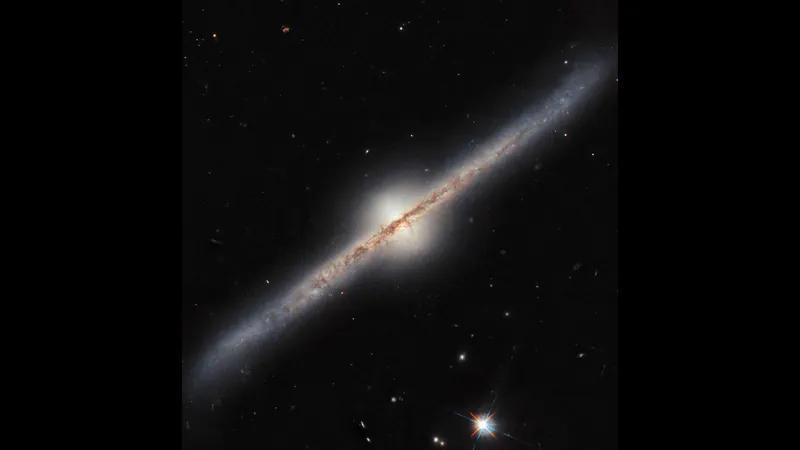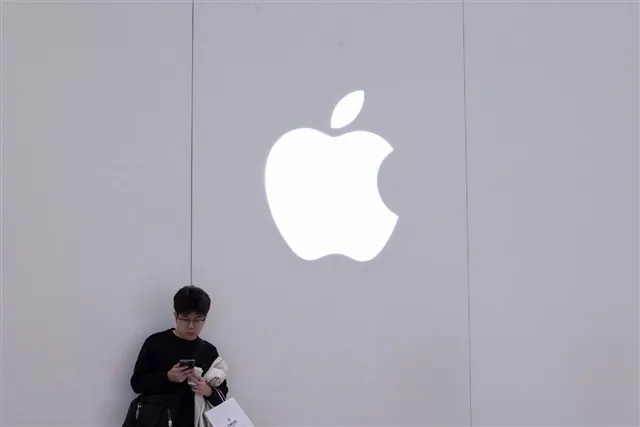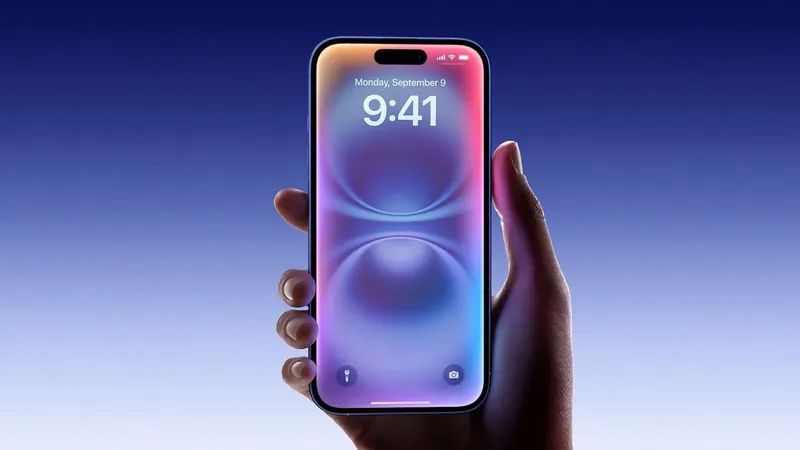
Unveiling the Mysteries of UGC 10043: Hubble’s 23-Year Journey to Capture a Unique Spiral Galaxy!
2025-01-12
Author: Li
What’s the Discovery?
Spiral galaxy UGC 10043
Location:
A staggering 150 million light-years away in the constellation Serpens
Date of Revelation:
December 12, 2024
Why Is This Image So Remarkable?
This stunning portrait of the spiral galaxy UGC 10043, taken by the Hubble Space Telescope, is the result of an extraordinary 23 years of observation and data collection.
The breathtaking image is produced using a composite method, combining various wavelengths of light captured over multiple sessions. What makes this capture particularly interesting is the gap between the initial observations in 2000 and the most recent ones in 2023. Hubble, which was launched on April 24, 1990, has proven invaluable for deep-space explorations due to its extended operational life, allowing astronomers to compile extensive and diverse data about the universe.
Unlike many spiral galaxies that are typically viewed from a face-on angle—showcasing their iconic swirling arms—UGC 10043 stands out by being viewed edge-on. This unique perspective presents a rare opportunity for astronomers to analyze the three-dimensional structure of spiral galaxies, which normally remain hidden from view.
The captured image reveals intricate lanes of dust that would usually appear as prominent spiral arms in a face-on view. Here, these dust lanes obscure the brilliant light of the countless stars forming the galaxy and are interspersed with dark clouds that serve as regions where new stars are being born—a cosmic nursery of sorts!
At the heart of UGC 10043 shines a bright core, a characteristic feature of all galaxies. However, this bulge is notably larger than average, leading astronomers to hypothesize that UGC 10043 may have recently experienced a merger with a dwarf galaxy. Such collisions can infuse galaxies with additional gas and dust, and in this case, it may have accelerated the formation of new stars and resulted in the peculiar warp observed in the galaxy's disk, bending one end upwards and the other downwards.
In Summary:
The stunning visualization of UGC 10043 captured by Hubble not only provides breathtaking imagery but also deepens our understanding of galaxy formation and structure. As we continue to explore the cosmos, each image holds secrets that could redefine our understanding of the universe. Stay tuned for more enthralling discoveries from the depths of space!



 Brasil (PT)
Brasil (PT)
 Canada (EN)
Canada (EN)
 Chile (ES)
Chile (ES)
 Česko (CS)
Česko (CS)
 대한민국 (KO)
대한민국 (KO)
 España (ES)
España (ES)
 France (FR)
France (FR)
 Hong Kong (EN)
Hong Kong (EN)
 Italia (IT)
Italia (IT)
 日本 (JA)
日本 (JA)
 Magyarország (HU)
Magyarország (HU)
 Norge (NO)
Norge (NO)
 Polska (PL)
Polska (PL)
 Schweiz (DE)
Schweiz (DE)
 Singapore (EN)
Singapore (EN)
 Sverige (SV)
Sverige (SV)
 Suomi (FI)
Suomi (FI)
 Türkiye (TR)
Türkiye (TR)
 الإمارات العربية المتحدة (AR)
الإمارات العربية المتحدة (AR)